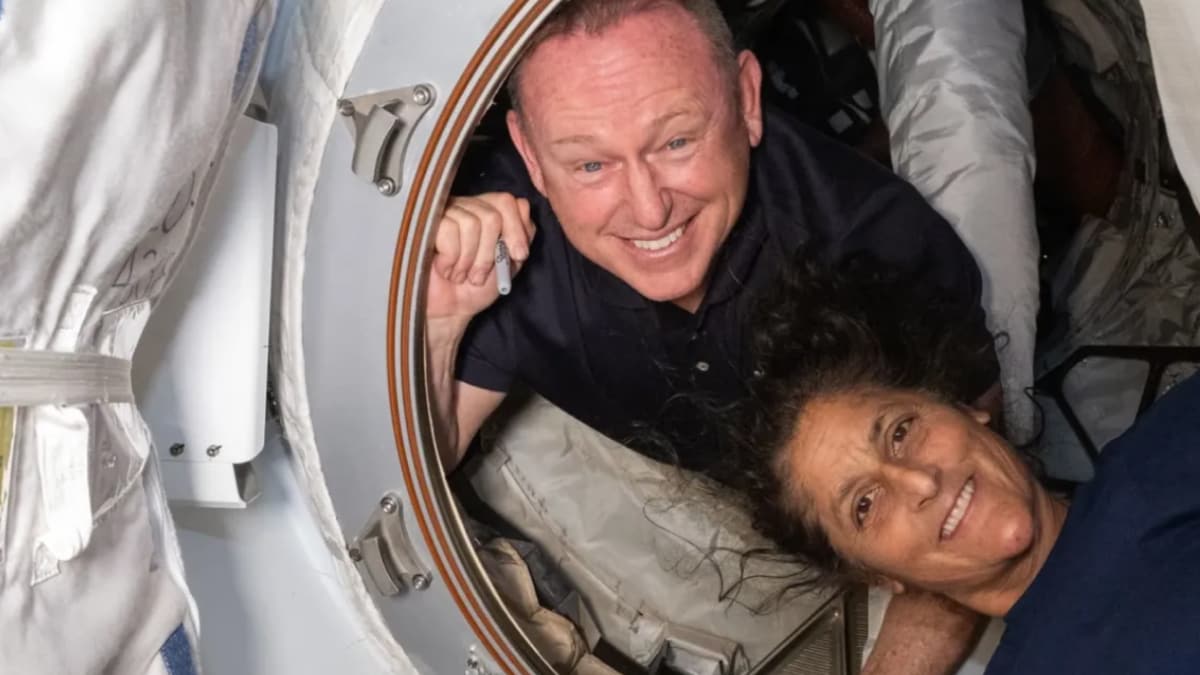NASA astronauts Barry Wilmore and Sunita Williams, who embarked on Boeing's Starliner spacecraft in June 2024, will now extend their stay on the International Space Station (ISS) until March 2025. The return, initially set for February, has been postponed due to a delay. in SpaceX's Crew-10 mission, NASA confirmed on December 17. The decision was attributed to ongoing work on a new Crew Dragon spacecraft, as per official statements.
Crew-10's Revised Timeline
Crew-10, which will carry NASA astronauts Anne McClain and Nichole Ayers, along with JAXA's Takuya Onishi and Roscosmos cosmonaut Kirill Peskov, is now scheduled for a late-March launch aboard a SpaceX Falcon 9 rocket. This adjustment pushes back Crew-9's return, leaving Wilmore and Williams aboard the ISS for approximately nine months instead of the originally planned 10-day mission.
The delay arose as SpaceX completes its latest Crew Dragon capsule, which is expected to arrive at NASA's Kennedy Space Center in January 2025 for final processing and testing. Steve Stich, Manager of NASA's Commercial Crew Program, stated in the official release that fabricating and integrating a new spacecraft requires meticulous attention to detail.
Unexpected Mission Extension
Wilmore and Williams were integrated into the Crew-9 mission after their Starliner capsule, slated for an initial 10-day journey, encountered technical challenges. NASA's Nick Hague and cosmonaut Aleksandr Gorbunov, who launched aboard the Crew Dragon Freedom in September 2024, were joined by Wilmore and Williams during their prolonged mission.
This is not unprecedented; Astronauts have previously faced extended ISS missions. Notable examples include Scott Kelly's year-long twin study in 2015-2016 and Frank Rubio's 365-day stay following complications with a Soyuz spacecraft.
SpaceX's expanding Crew Dragon fleet is expected to enhance mission flexibility, allowing NASA greater adaptability in managing ISS operations and addressing unseen delays.


